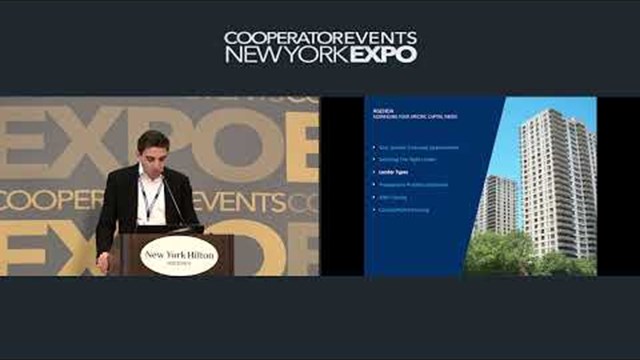
Beautiful new residential buildings are erected every year. As developers make the finishing touches, the walls are closed to conceal elements like piping, wiring, fire suppression systems, and insulation. Unfortunately, awareness of these elements often gets tucked away with the elements themselves. Units are sold and inhabited for many years, families come and go, remodels occur within units, but little to no attention is given to what is behind the sheetrock, under the ground, or in the common areas. This is a mistake: it’s extremely important to be aware of potential unexpected scenarios with these elements and plan in advance.
When boards discuss financial planning for upcoming projects, they tend to prioritize items accounted for in a reserve study, which typically includes things that can be seen with the naked eye. A thorough study should involve a specialist walking the site, referring to governing documents, and reviewing past, present, and future maintenance, repair, and replacement plans.
Still, major ticket items can be left off of a traditional reserve study that many associations are not aware of - and that can cripple an otherwise financially sound association. So if these items are often not included, when and how should an association account for them?
Take this example: a 20-story high rise association in Philadelphia learned that the building’s plumbing infrastructure was failing, and it would be necessary to replace all the pipe risers - for approximately $30 million. Up until that point, this association had been very good with setting aside reserves and preparing for future projects - but one site visit upended years of planning. Since the pipe risers were not included in the association’s traditional reserve study - and therefore not in their financial planning - they now had three options: secure financing, level a special assessment, or enact a combination of the two. While it is possible to secure a $30 million loan through the right financial institution, the additional financial burden would be devastating to individual unit owners, and would negatively impact the resale value of the units.
Of course, there was also a fourth - if highly inadvisable - possibility: ignore the riser issue and hope for the best. While it might be tempting, the dangers of turning a blind eye to issues like this are:
- Physical property damage: If the association is not able to remediate the issue, the building could become physically hazardous because of weakening structure and organic growth of mold and algae.
- Financial damage: A pricey special assessment may not be affordable to residents and cause an increase in arrears, further worsening the association’s financial situation. A major loan can also represent additional burden on homeowners, leading to the same problem.
- Resale value decrease: A substantial maintenance/association fee increase is unappealing to prospective buyers, as are reports of failing infrastructure, which would be reviewed during the closing process of any unit purchase, derailing or even scuttling the sale.
These unforeseen issues do not just lie behind the walls of an association. Things like tree removal and replacement are in plain sight, but are not included in traditional reserve studies or reserve allocations. Tree removal is often considered an operating expense, but there are situations that require replacing a significant portion of trees on the property in a short period of time. Water main breaks in condominium and townhome communities can also create large repair bills, as well as potential damage to landscaping or paved areas.
How can we plan for these situations? In short, associations need to be proactive. That means:
- Get professionals involved to provide assessments of elements not covered in your reserve study
- Use invasive testing methods to inspect areas hidden to the naked eye
- Set aside the appropriate amount of funds in your reserves yearly to minimize the need for a loan down the line. Earning interest is always better than paying interest
- It is never too early to start reserving for large-ticket items. If a potential project is coming up too quickly to reserve for properly, understand what the association needs in order to qualify for a loan.
We may not have a crystal ball, but we do have real-life case studies to learn from. Understanding the trends, having the right discussions, and preparing in advance will allow your association to build up as much money as possible to offset the burden of unforeseen situations and potentially large, expensive projects.
Thomas C. Engblom is a vice president and regional account executive for CIT’s Community Association Banking business, supporting property management companies and homeowner associations in the Midwest. The views and opinions expressed in this article are those of the author, and do not necessarily reflect the views of CIT, or of CooperatorNews.









Leave a Comment